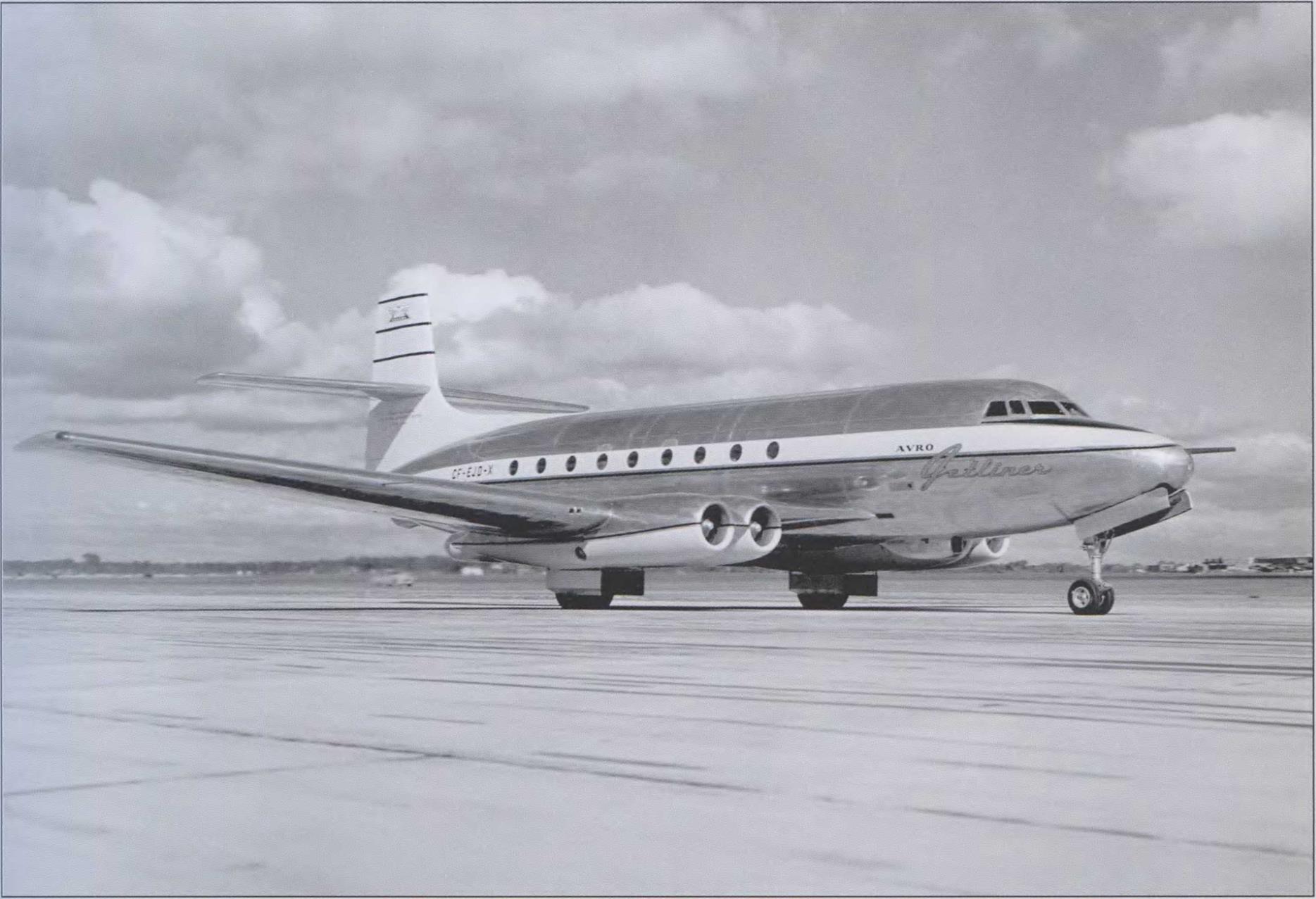THE OTHER FIRST JET
|
|
T |
he world of aeronautical advances is littered with unrequited aircraft and ideas which all share one aspect in common: they are the perfect machines for their moments, but seemingly unexplainably, are never allowed to come to fruition and flourish. The Avro Canada C-102 Jetliner is perhaps the most notable and melancholy of these superb aircraft underachievements.
In the new post-World War II world of 1946, Sir Roy Dobson of A. V. Roe Aircraft in the United Kingdom had a vision of England’s Commonwealth partner Canada becoming a leader in the world of aeronautics astride the North American continent. He pledged assistance and financing to the Canadian Victory Aircraft Company, who manufactured Avro aircraft under license for the war. The firm was to be of Canada and for Canada. One of the first leading-
edge projects envisioned was an intercity small – and medium-range jetliner tailored, of course, to the specifications of the nation’s leading carrier, Trans-Canada Air Lines (TCA).
The original specifications called for a payload of 32 passengers, with power supplied by two Rolls – Royce axial-flow turbojet engines. However, since Rolls would not release the engine (which subsequently became the Avon) in 1949, Avro was forced to utilize four lower-thrust Derwent centrifugal-flow engines in their final design. What Avro came up with was an outstanding airplane which met or exceeded every one of TCA’s many requirements, promising a safe, simple, and reliable airliner for medium-range work. Passenger carriage was up, as was range and performance, and the Jetliner was really becoming something special.
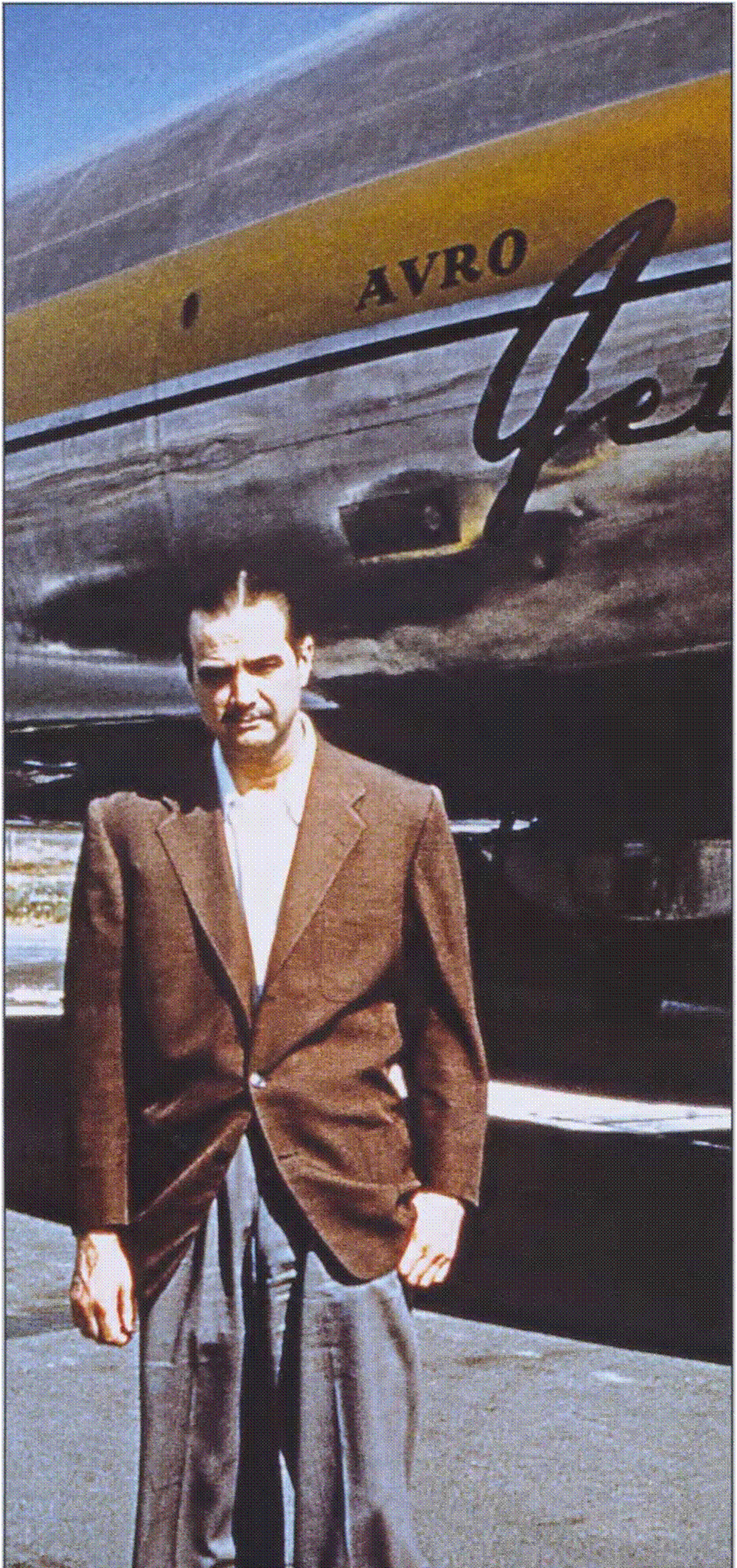 Being not much more than a DC-3 size airline at the time, and following the planning negotiations with Avro, it did not take long for TCA to realize it was in over its head with the Jetliner. They made it clear through many obfuscating excuses that they did not want to be the first airline in North America to fly jets, that responsibility being a bit too much for the line. Unfortunately, political considerations from Ottawa and the powerful Minster C. D. Howe, Minister of Trade (Minister of Everything, as Canadian wags called him) insisted upon keeping Trans-Canada Air Lines as an advisor to the project, and a public pronouncer on the quality of the airplane. It was an airplane they neither wanted, nor wanted promoted, and this was just the beginning of the many sad ironies for the Jetliner.
Being not much more than a DC-3 size airline at the time, and following the planning negotiations with Avro, it did not take long for TCA to realize it was in over its head with the Jetliner. They made it clear through many obfuscating excuses that they did not want to be the first airline in North America to fly jets, that responsibility being a bit too much for the line. Unfortunately, political considerations from Ottawa and the powerful Minster C. D. Howe, Minister of Trade (Minister of Everything, as Canadian wags called him) insisted upon keeping Trans-Canada Air Lines as an advisor to the project, and a public pronouncer on the quality of the airplane. It was an airplane they neither wanted, nor wanted promoted, and this was just the beginning of the many sad ironies for the Jetliner.
Now that TCA was no longer the dictating force for the design of the Jetliner, Avro was finally set free to approach U. S. and European airlines. Meanwhile, the prototype aircraft had been taking shape in Malton and made its first flight on August 10, 1949. This date was a mere two weeks after the de Havilland Comet 1 made its maiden flight as the world’s first jet-powered airliner. It seemed then that the UK and Commonwealth partners were about to steal a march on the world’s airlines.
The Jetliner now could carry 40 to 50 passengers, and flight testing showed the airplane could cruise at 450 mph. The Jetliner made the rounds with the North American airlines, and the first bite for an order came from National in July 1950 and its bigger – than-life president, Ted Baker. From American Airlines engineer to Avro employee came Dixon Speas, so enamored of the Jetliner that he became Avro’s U. S. sales representative. Speas lit the fuse on the skyrocket that was Jetliner sales.
When all was said and done, the tally looked like 30 airplanes for the following carriers: National (10) and TWA (20). American, United, Swissair, and Scandinavian Airlines (SAS) were strongly leaning in the same direction. Surprisingly, the U. S. Air Force also decided it liked the Jetliner for navigator and bombardier training and perhaps aerial refueling, and was placing an order for 20 of the jets. As Jim Floyd, the project engineer for the Jetliner said in his wonderful book on the airplane, “The world was Avro’s oyster.”
Not happy with this tremendous success, C. D. Howe asserted himself into the process once again and forced Avro to stop working on the C-102, favoring shop space being utilized for the CF-100 interceptor. The Korean War theoretically influenced his decision, as did the size of the order from Avro’s largest customer, the Canadian government.
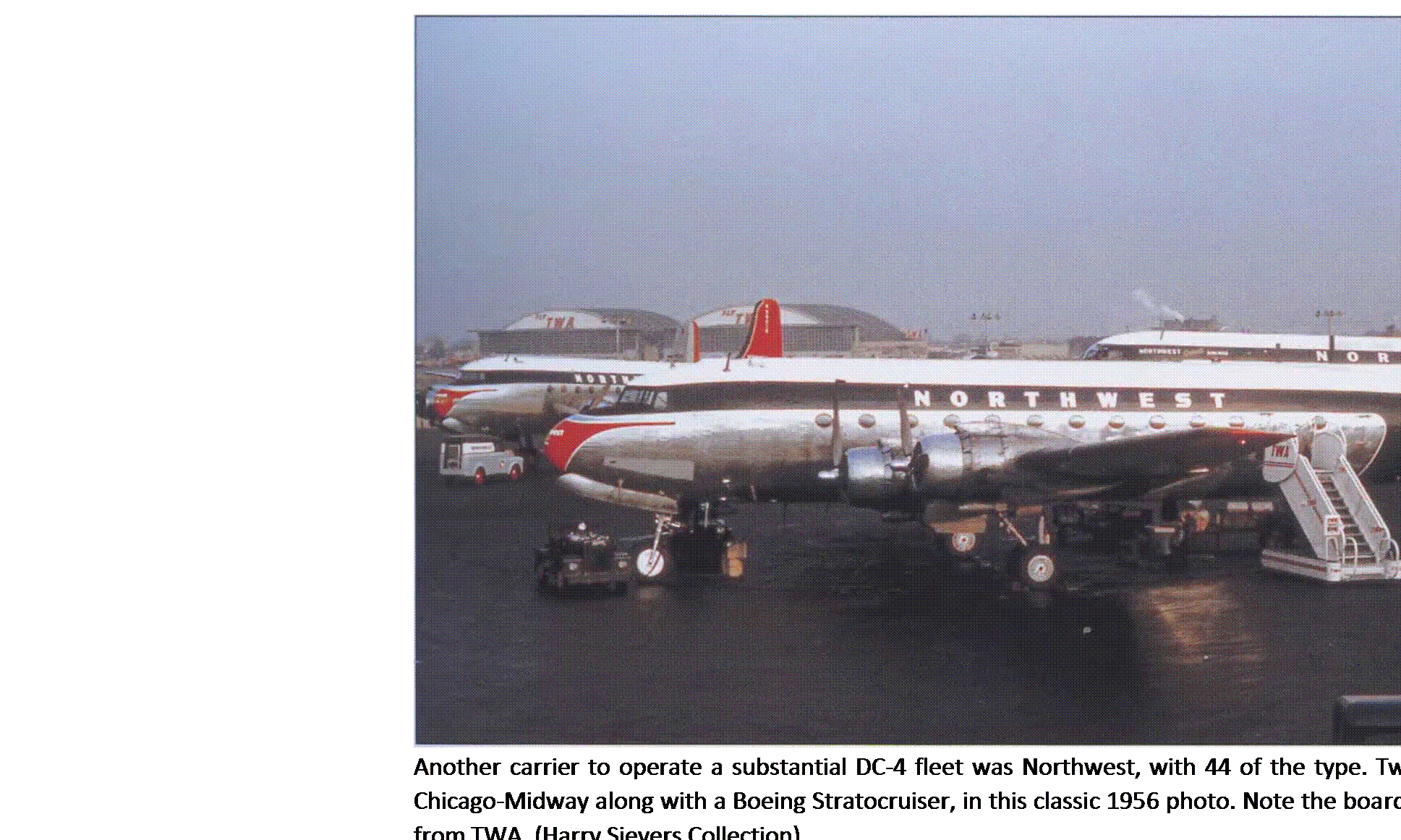
Jim Floyd, however, felt that Avro could have indeed managed both the Jetliner and CF-100 programs, but such was not the case. Enter now one Howard Hughes.
One cannot overstate the role Howard Hughes played in nearly resurrecting the C-102. Hughes loved the Jetliner and wanted TWA to fly 20 to 30 of the airplanes on its routes. He worked with Convair in San Diego to license build the airplane for all customers, which meant TWA would have received their first aircraft in May 1954 (equipped with either Allison J33 or Pratt & Whitney J42 engines). The U. S. government quashed the idea after much wrangling with Hughes and Avro, disallowing Convair from utilizing any factory space for production, since the company was ramping-up for its own new interceptor program, the delta wing F-102.
Hughes then told Avro that he would personally finance the building of the airplane in Canada if Avro could arrange the space. When Howe discovered this, he was furious, and said “no!” in no uncertain terms. The entrepreneurial approach and gutsy leading-edge leadership of an American visionary was the last chance for the Jetliner, and all that was now extinguished by a single bureaucrat who had nothing but antipathy from the near beginning for this wonderful airplane. After seven years of development, the Jetliner was officially dead.
Operating as a camera ship and chase aircraft for other Avro projects, the Jetliner flew on until November 1956 when time and lack of spare parts caught up with it, and the order was given to scrap the airframe. (The number two aircraft was also destroyed, having never flown and reaching only half completion when the stop order came.)
How much history Avro made with their Jetliner! An excellent airplane for the times, the C-102 could really have put Canada on the map of world-class leaders in aviation production and development. Don’t forget that it was this same firm that only a few years later designed the futuristic delta twinjet CF-105 Arrow fighter/interceptor. Continuing the cruel fate of government intervention, Avro also saw that magnificent airplane killed just as it was proving its pedigree. It seems that free markets just didn’t matter to the Canadian government in the 1950s, much to the detriment of air forces, airlines, and passengers worldwide.
The transition from props to jets was tumultuous in the early fifties. But had there been an Avro Jetliner fleet plying the routes of America’s and Europe’s airlines in dependable comfort in those transformative days, that transition would have occurred much faster and more effortlessly than it later did, with commerce and economic growth exploding nearly half a decade earlier. Now that would have been quite a world!
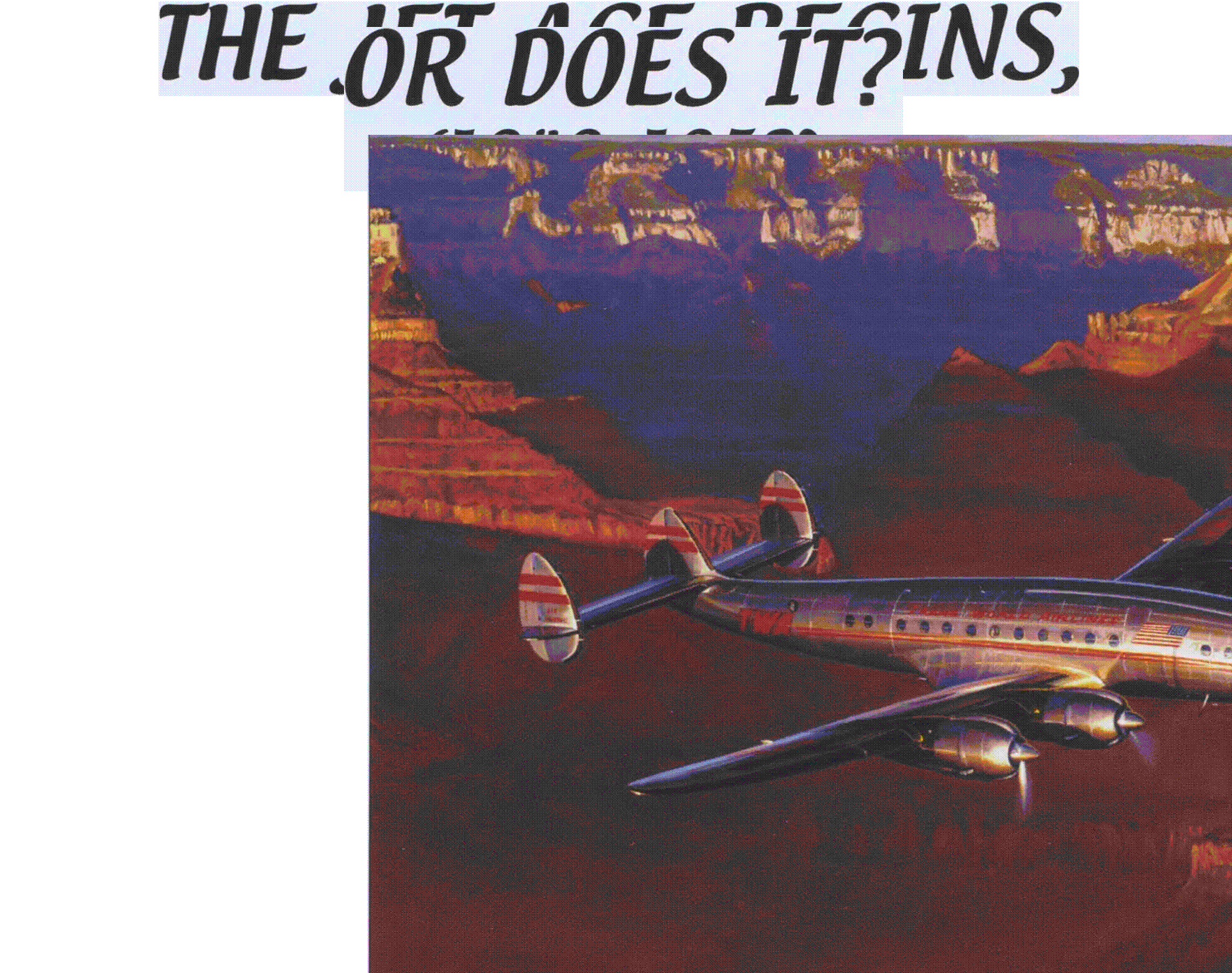
|
E |
ver the pioneering country in aviation circles, Great Britain launches an exciting new era in commercial aviation with the world s first turbojet-powered airliner, the magnificent de Havilland Comet. With this
gleaming new mode of transportation, the future of air transport was in good hands. Unfortunately, fate and technology intervened, and triumph turned to tragedy in less than two years.
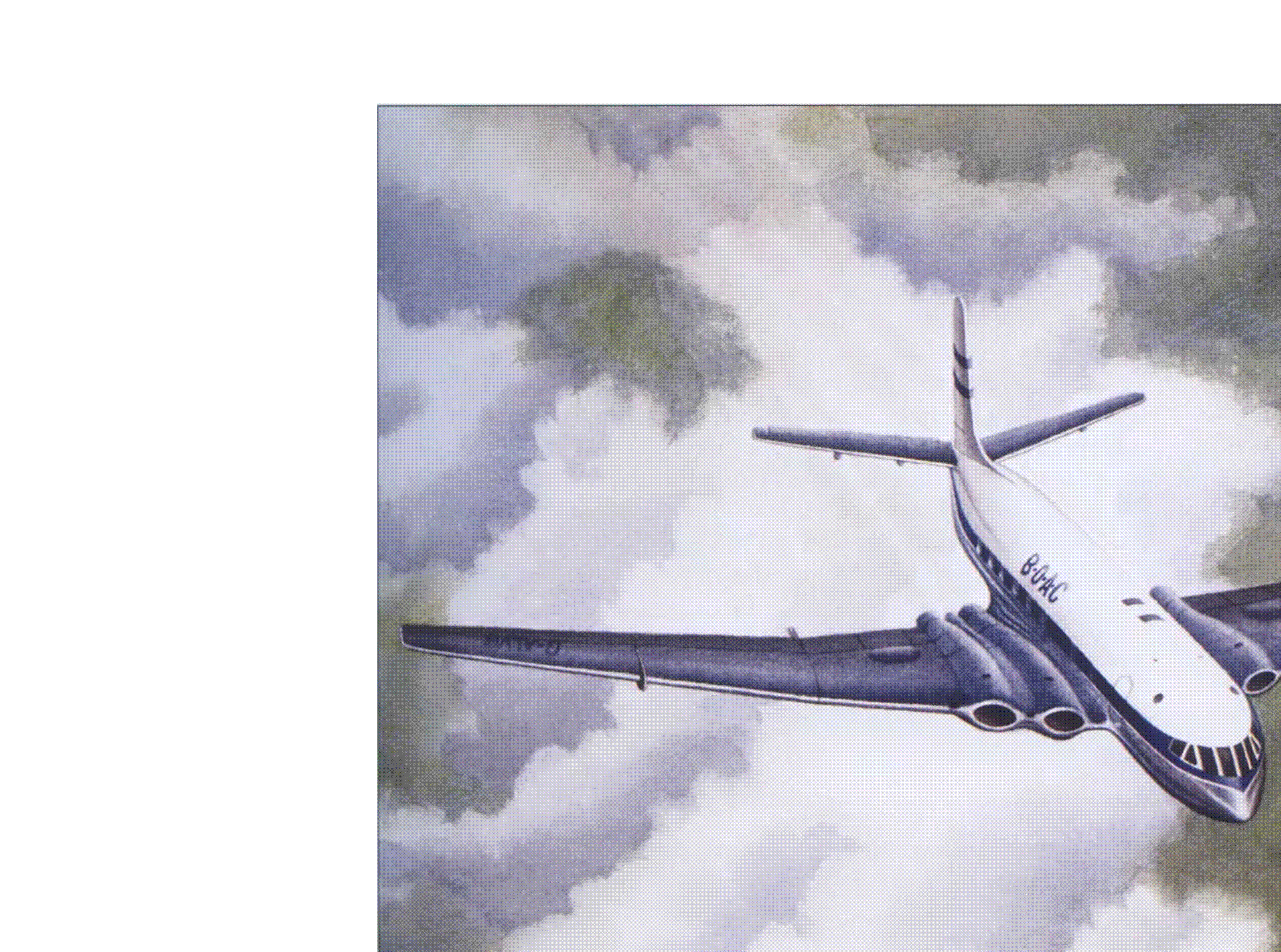 |











